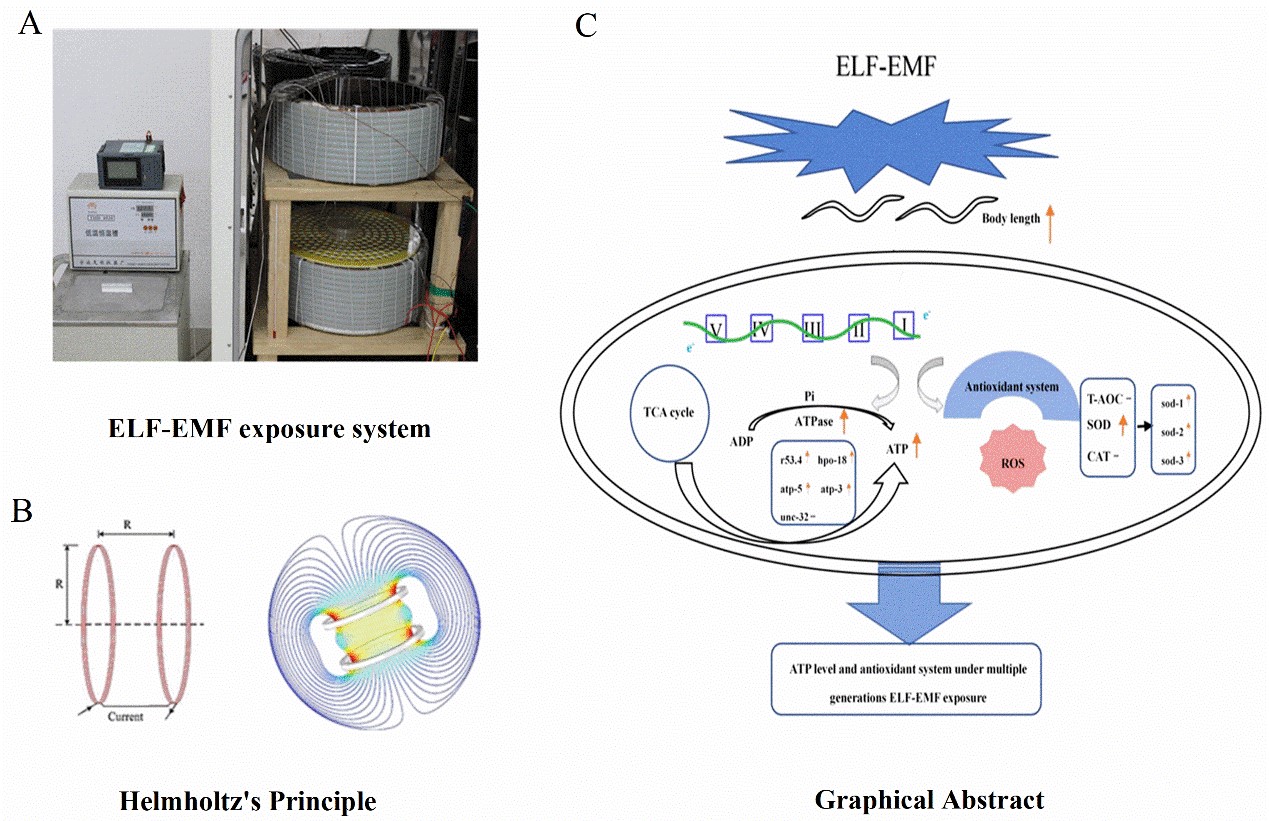Extremely low frequency electromagnetic field (ELF-EMF) usually refers to the alternating electromagnetic field with a frequency of 0-300Hz. 50Hz/60Hz power frequency electromagnetic field is common in ELF-EMF environment, which is mainly composed of power transmission systems (high-voltage transmission lines and substations, etc.) and various household appliances. With the widespread application of electricity, the health effects of the 50Hz/60Hz ELF-EMF generated by transmission lines and related facilities have attracted widespread attention. Since Wertheimer N et al. proposed that ELF-EMF exposure is related to the incidence of childhood leukemia in the last century, many countries have conducted a large number of studies on the health effects of ELF-EMF exposure, especially long-term effects. Some studies suggest that ELF-EMF exposure can increase the incidence of childhood leukemia, may lead to adult leukemia and brain tumors, and accelerate the apoptosis of ovarian tissue. Long-term exposure to ELF-EMF is also associated with the occurrence of neurodegenerative diseases, cardiovascular diseases and reproductive diseases. However, there is lacking a direct evidence for the correlation between ELF-EMF exposure and the occurrence of diseases, and the mechanism of action is still unclear, which greatly hinders our scientific understanding and assessment of the environmental health risks of ELF-EMF.
Based on the above background, a research group led by Prof. CAI Peng from Institute of Urban Environment, Chinese Academy of Sciences (IUE, CAS) simulated a 50Hz, 3mT extremely low frequency electromagnetic environment, exposing Caenorhabditis elegans (C. elegans) to ELF-EMF for many generations until the 15th generation. Depending on the change of nematodes’ morphology, ATP metabolism and the oxidative stress response in each generation, to carry our study of long-term ELF-EMF exposure on nematode morphology and energy metabolism. The results show that the body length of nematodes was increased for multiple generations exposed to ELF-EMF, indicating that ELF-EMF may have a potential influence on the growth and development of nematodes. Under extremely low frequency electromagnetic fields for long time, the ATP synthesis and metabolism of nematodes were increased in the nematodes, and antioxidant stress response of nematodes has also been enhanced. Therefore, we speculate that long-term exposure to ELF-EMF may enhance the metabolic ability of nematodes, and may have a cumulative effect between generations, but the specific mechanism of action needs further study. Our study can provide a basis for the long-term health effects of extremely low frequency electromagnetic fields on organisms, and provide a reference for health prevention for people who have long lived in extremely low frequency environments such as high-voltage lines.
The research was recently published in International Journal of Radiation Biology with title of” Enhancement in the ATP level and antioxidant capacity of Caenorhabditis elegans under continuous exposure to extremely low-frequency electromagnetic field for multiple generations”. This work was supported by a grant from Xiamen Key Laboratory of Physical Environment(110000A062).
